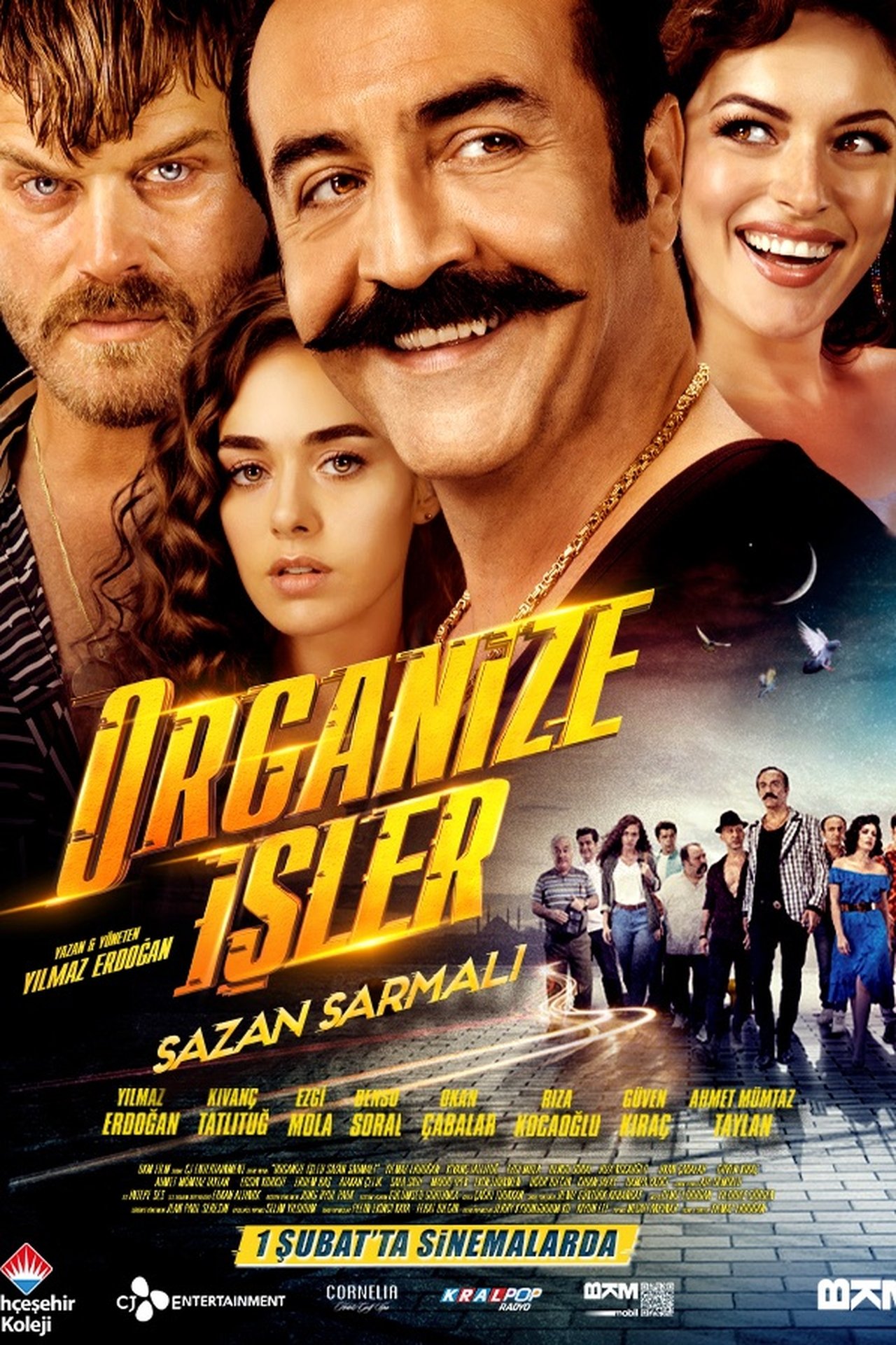

The growing economic divide between rich and poor was becoming more obvious and all manner of fissures were starting to be revealed within society… and within Poliziottesco. If they wanted to party they would sometimes relocate to a city like Paris where they felt safer. At one point, rich people took to hiding their wealth when travelling around for fear of robbery or kidnapping. Over 2,000 lives were lost during this period. The 1970s in Italy was seen as a time of extreme violence, street crime, shootings, bombings and assassinations, corruption and cover-ups involving not only organised crime but also political groups and the state machine itself. What Bondanella is referring to in his book is that period in recent Italian history often called The Years Of Lead ( Anni di piombo). Corruption and crimeĭrawing on the international success of US films like Dirty Harry, The French Connection, The Godfather, and later on Serpico and Death Wish, the Poliziottesco genre would, almost uniquely, be ‘…a completely contemporary popular genre… many of its plots and its most popular themes could have easily been lifted from the pages of the cronaca nera (crime news) of any urban newspaper from the 1960s to the early 1980s, a period of great social, economic and political unrest in Italy.’ (Bondanella, A history of Italian Cinema, 2009) With support from filmmakers like Quentin Tarantino, these lost films have started to see the light of day again. These retrospectives were to include not only Westerns, gialli, etc., but examples of the Poliziottesco (plural Poliziotteschi) genre as well.

In 2004, this started to change when the Venice Film Festival began to feature a regular spot in its programme of events called ‘The secret history of the Italian cinema’. However, until recently, one such genre, the Italian police-crime film (or Poliziottesco as it is often called) despite generating nearly 300 films over just ten years, had all but been forgotten, almost deliberately it seemed. All these genres have now achieved some sort of cult status and the best of these films are revered by critics and audiences alike. So many films were being made in Italy during this period with a wider market in mind that there was a fulltime unit operating in Rome with the sole task of just dubbing these films into English. Pasolini’s 1971 film ll Decameron/The Decameron, for example, generated a spate of Italian-made medieval comedies within a year or so, all with the word Decameron in the title somewhere, ready to be shipped off round the world. This would happen even with original Italian films if they were successful enough, hence the sword and sandal “epics” which came out in the early 1960s, with the likes of Steve Reeves playing endless Hercules variations.

All but forgottenĪny big film hitting the cinema screens would be quickly - and cheaply - copied (often with minimal changes to story and characters), and these films, if they did well, would in turn also be copied and re-copied, often with the same actors popping up time and time again. So we had the “Spaghetti” Western genre (Sergio Leone, etc.), the horror genre (Mario Bava, Lucio Fulci), the murder-mystery or Giallo genre (Dario Argento), and even a bizarre euro-spy genre featuring an assortment of James Bond clones. These films normally fed off successful US titles and genres with a view to quickly capitalising on their popularity – sometimes even before the big-budget original had come out. These were not just the familiar award-winning art films of Visconti, Fellini and others, but also included a huge volume of cheaply-made films targeted towards a popular worldwide market. Steve Jones examines the Poliziottesco genre of Italian cinema, which provides a vivid portrayl of the corruption, crime, and political scandal that gripped Italy in the 1970s.Īt its height, in the 1960s and 70s, the Italian film industry was producing over three hundred films a year, maybe more.


 0 kommentar(er)
0 kommentar(er)
